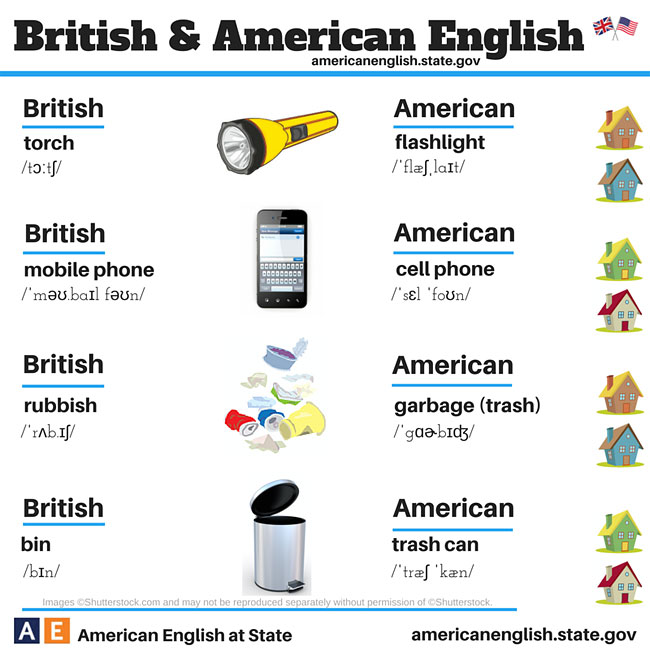British & American English: Differences

According to Wikipedia, The English language was first introduced to the Americas by British colonization, beginning in 1607 in Jamestown, Virginia. Similarly, the language spread to numerous other parts of the world as a result of British trade and colonization elsewhere and the spread of the former British Empire, which, by 1921, held sway over a population of 470–570 million people, approximately a quarter of the world’s population at that time.

Written forms of British and American English as found in newspapers and textbooks vary little in their essential features, with only occasional noticeable differences in comparable media[1] (comparing American newspapers with British newspapers, for example). This kind of formal English, particularly written English, is often called “standard English”.

The spoken forms of British English vary considerably, reflecting a long history of dialect development amid isolated populations. In the United Kingdom, dialects, word use and accents vary not only between England, Northern Ireland, Scotland and Wales, but also within them.

An unofficial standard for spoken American English has also developed, as a result of mass media and geographic and social mobility, and broadly describes the English typically heard from network newscasters, commonly referred to as non-regional diction, although local newscasters tend toward more parochial forms of speech.













Via American English at State, Wikipedia

